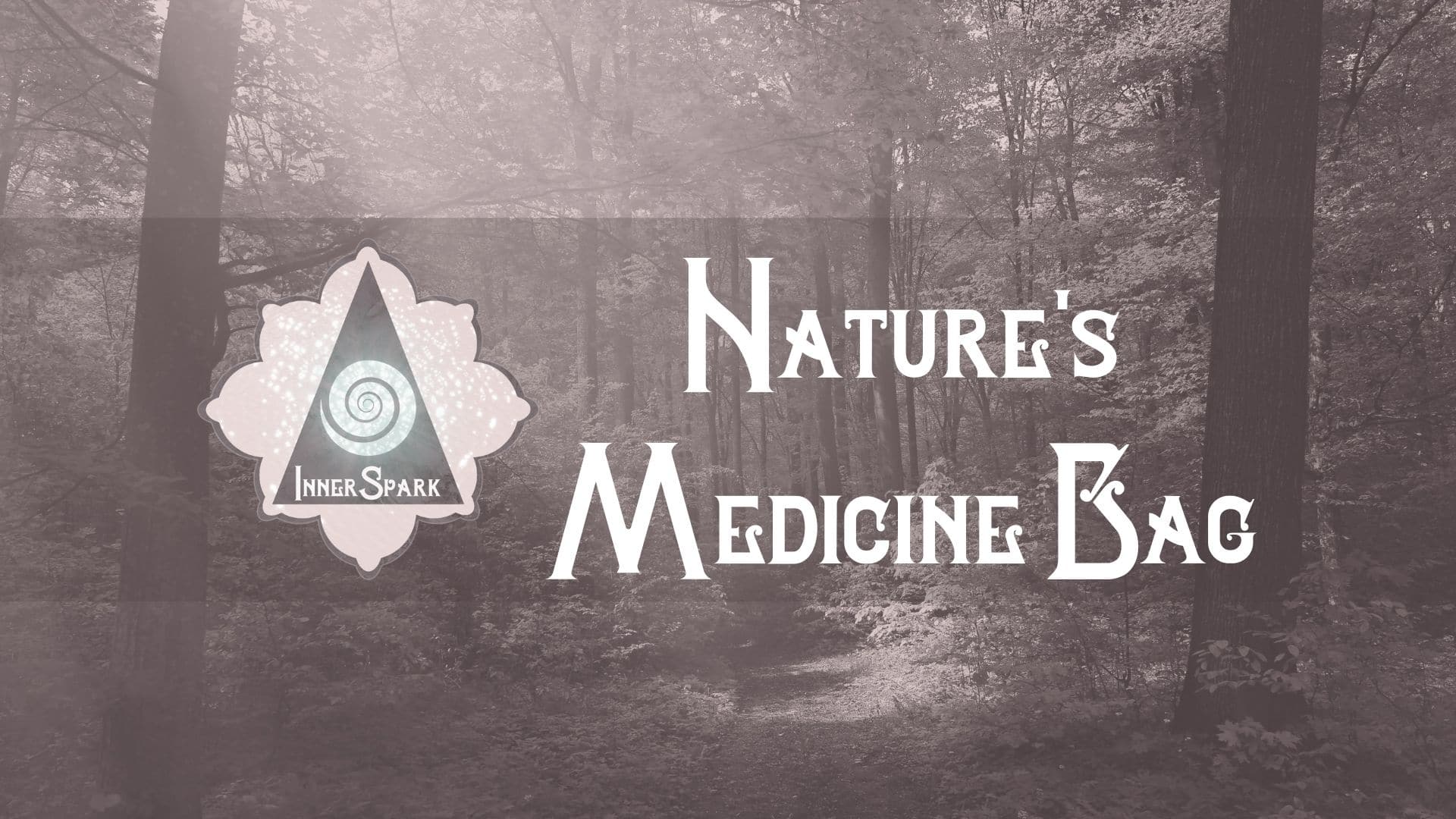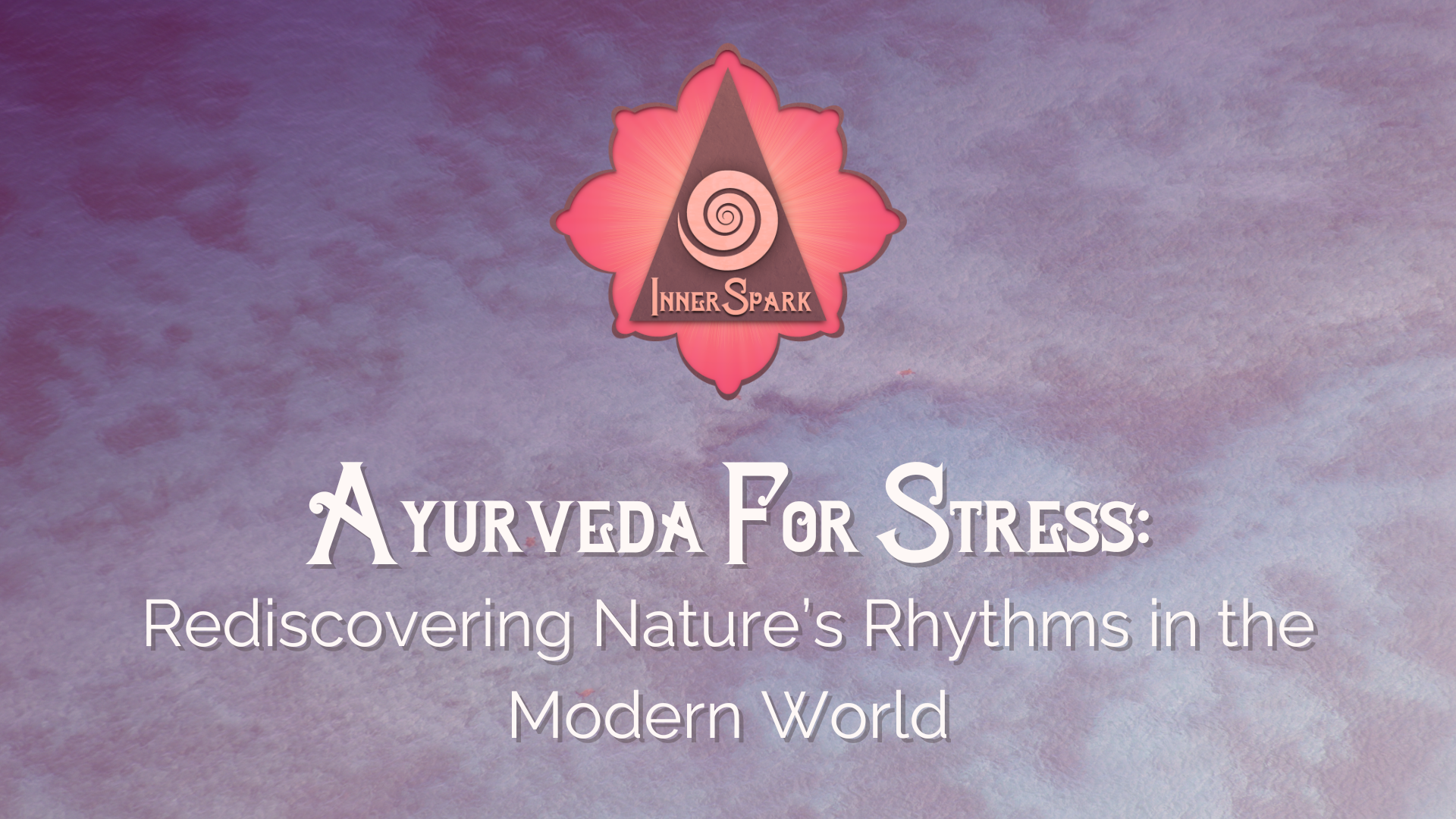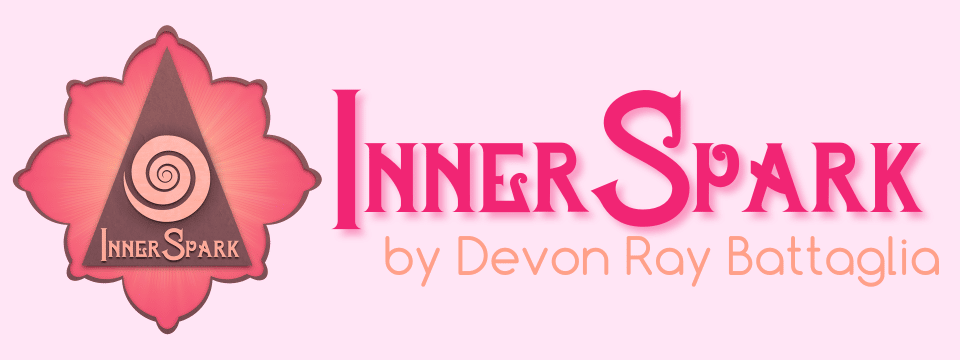I want to share with you something that is very sacred to me. You’ve probably heard of it before, “mindfulness”, and it saddens me that you’ve also probably heard it misused, so I beg you to have an open mind and receive this gift as if it were something totally new.
Mindfulness and meditation have become trendy lately and the essence has become trivialized and diluted by popular culture. I’d like to invite you back to the heart of this ancient practice.
It is a practice that has helped me to become who I am more fully. Without it, I wouldn’t be here. I wouldn’t have this beautiful partnership in my marriage. I wouldn’t be doing this meaningful and fulfilling work. I wouldn’t know myself. I hope that you will join me in a discussion on mindfulness with a hope as deep as my love for my life and everyone in it, because that’s what mindfulness has meant to me.
Mindfulness, put very simply, is the state of maintaining conscious awareness of your present experience.
It sounds so simple that one has to wonder why it’s even worth mentioning, but an appreciation of mindfulness can be felt as soon as we admit that we spend most of our lives unmindfully. The truth and importance of this is like a thread as thin as a spider’s silk, it can be missed in the space between breaths.
Why is it so important to maintain present awareness?
At our core we are good people, but our inherent goodness gets distracted by impulsive and unmindful behavior. These episodes of unmindfullness can manifest as one-off mistakes or bad habits. All of these mistakes and bad habits add up to poor health, neglected emotional bodies, failed relationships, bypassing our Soul’s calling, and wasted years.
One example that goes from the subtle to the gross in a very quick and obvious way is mindful consumption. Mindfully selecting our food means that we are more likely to make dietary decisions that benefit us in the long run instead of giving in to impulses that we regret later. When we eat mindfully we notice how the food makes us feel, and we also notice when we’ve had enough. If we’re not mindful we can over eat, and we all know what a habit of over eating can do to the physical body’s vitality.
Mindful consumption doesn’t stop with just our bodies. With mindfulness we can see where the parts of our meal came from. If my meal contains animal products, where did those come from? What conditions did the animal live and die under? How does that affect me? How does it affect the world, and is it something that I want to support?
Where did my vegetables come from? (Growing our own is not only healing, but incredibly sustainable.) Were the farmer’s methods kind and sustainable and co-creative with Mother Earth? How does this affect me? How does it affect the world, and is it something that I want to support?
Keep in mind that consumption is not just what we eat or drink. It’s everything that we take in with our senses. This includes entertainment and even simple conversations. Mindfully observing our sources of entertainment, we might find that some of these things are harmfully exploitative. Conversations about people who are not present, words meant to divide people, words sharpened to hurt people, gossip, these things all have their negative effects on us and the people around us. All of this is consumption for our physical, emotional, mental, and spiritual bodies, so what is this doing to our health as individuals and as a collective society?
I cannot list here all the ways that mindfulness can be applied in our daily lives, in the way we communicate with people, how we take care of ourselves, the list is endless, but I can share with you some mindfulness practices that have helped me along the way. And yes, it is a practice.
Being mindful is a skill that we can use to regain control of our lives and live up to our highest values, so please, practice with me.
Mindful Breathing
I recommend this as a daily practice of at least 10 minutes. You can break that up into smaller blocks throughout the day, if you wish. Increase your time or the number of smaller blocks as you grow more comfortable with the practice. Personally, I like to practice for 15 minutes, take a mindful walk outside (more on Walking Meditation in a moment), then sit for another 15 minutes. It’s wise to do this as a regular practice because your physical, emotional, mental, and spiritual bodies will develop the ability to come into mindfulness more easily throughout the day. It’s a good habit that will follow you wherever you go.
To start, pick a comfortable place where you can sit for a few minutes without distraction. I have a meditation cushion and I find that a good seated posture helps me to get a deeper meditation for longer periods of time, but the really important thing in the beginning is to be comfortable and free from distraction. You can even do this lying down if you’d prefer.
Once you have a place picked out you might want to set some sort of timer. A traditional way to time meditation is by burning short sticks of incense. You can also use a timer, but I find the alerting sound is too jarring. You could also play a recording of chanting or music that has a duration which fits your meditation goals. The point is that you should be able to decide that you’re going to sit for a certain amount of time and not worry about it. Mindfulness is about presence, and if you’re fretting over a wrist watch or a clock on the wall then you’re not being present.
To start, having already set your timer, go ahead and get really comfortable. Ancient texts have described the best meditation posture as being “like a harp string, not too tight and not too loose.” You will be comfortable longer if your head is supported by your spine, your spine is supported by your hips, and your hips are supported by a good cushion. As one teacher put it, imagine the sky is balanced upon your head like a stack of books.
For the sake of brevity, I’ll let you know that there’s nothing special that you need to do with your hands, but if you want to learn more about how to engage your hands in meditation, check out this post on mudras. For now, just do whatever is comfortable, which may just mean your hands are resting in your lap, palms up like you’re carrying a bowl, right hand under left.
Now take a full, deep breath and hold it for a couple heartbeats then let it out slowly, pausing for a couple beats at the bottom of the exhale. You can do this with your eyes closed or open, but if they are open then you must do one of two things: either pick something to be your focus, like spot on a wall, carpet, or a picture, or let your focus go soft and relaxed, focusing on nothing at all. I recommend closed for beginners so that blinking does not become a distraction.
This is where the discipline starts. You are either focused on something intentionally, or you are intentionally focused on nothing at all, either way you have control of your eyes and are making a mindful choice about what to do with them, not just letting them wander aimlessly.
After you’ve established your posture and taken a few deep breaths you can allow yourself to breath normally. Just watch the breath as it comes and goes, observing the body doing its work. When you have thoughts come up in your mind in the form of words or figures, don’t fight them back or anything, just return your attention to the present, to your breath. If your breath is long, be aware of its length. If your breath is short, be aware of its shortness. That’s it.
You may have the urge to fidget, to itch your nose or something like that. Just observe the sensation and return to your breath. It’s okay; you don’t have to respond to every itch, rise to every provocation, or indulge in every impulse, because you have a choice.
Now if you feel like you really must scratch that itch, or move your leg because it’s fallen asleep, or fix your posture, then do so mindfully. Make the conscious choice to do so and observe your movements as you do it. Make the distraction part of the practice. Every movement is a choice, just like every word you speak is a choice. If you can’t manage to do something as simple as mindfully sitting still and breathing, then how can you mindfully navigate the complexities of love and life?
Just keep coming back to the breath.
Walking Meditation
If you have a nice quiet area to walk, then you might try Walking Meditation. You could do this in a park or in your back yard. I like walking around the outside of my house. Either way, if you have an area that allows you to walk for about 10 minutes or so without being interrupted then you’re good.
Start off standing comfortably, balanced on your feet and taking a few deep breaths just like in seated meditation. Feel your connection with Earth and know that She is supporting you.
When you’re ready, lift your left heel off the ground, breathing in slowly as you do so. Notice the shift in your balance as you feel your left foot separate from the ground, heel to toe. Lifting the left foot, take a step forward, keeping the right foot planted the whole time. Feel the left heel touch the ground and roll your foot down to Earth as you finish your inhale.
Only once the inhale is complete and the left foot is firmly planted should you then lift the right foot and begin your exhale. Lifting and placing it just like you did before. It’s very important to keep the step and the breath in time with each other. Move one foot as you’re breathing in. Move the other foot as you’re breathing out.
Just like with seated meditation, your gaze should be deliberate, watching the path in front of you and not flitting around at every impulse. If you need to look around, then come to a stop and do so with intention. It’s even okay to stop and look at a pretty flower so long as you do it mindfully and intentionally, always coming back to the breath.
Now you have two simple practices to help you develop the mindfulness required for authentic and embodied living and hopefully a firmer understanding of its importance and overall implications in your life. Remember that every step you take is a choice: every step on this path, every step in your journey, it’s all the same. This is a sacred part of my practice and I offer it to you as freely as it was given to me, a gift that I pray serves you well and enables you to keep your dedication to your Highest Self intact and as easy as breathing.
The InnerSpark Method
Timeless Wisdom to become Naturally Resilient
Transform life's storms and cultivate peace, resilience, and vitality with Nature's wisdom.
Dive deep into nature’s rhythms, unraveling from the complexities and strains of modern life, and align yourself with the ebb and flow that has sustained life for millennia.
Drawing from nature, our eternal mentor, we glean lessons of steadfastness, flow, and unity.
But as the digital age surges forward, our intimate connection to these timeless rhythms is diminishing, causing our physical, emotional, mental, relational, and spiritual well being to teeter.
The InnerSpark Method bridges that gap, guiding you back to your innate resilience and rhythm, reigniting your zest for life and sense of purpose.
Come discover a whole-person, trauma-informed system of Nature's self-care to rekindle natural cadences across all dimensions of your being - whether it's the physicality of daily routines, the depths of emotional resilience, the realms of mental clarity, the vibrations of energy, the art of relationships, or the ethereal world of spirituality.
More Holistic Living + Healing:
-

Nature’s Medicine Bag
Physical body and life challenges are simply the manifestation of dysfunctions at the subtle level of your being.
-

Ayurveda For Stress
In modern life, the impacts of stress increasingly dictate our experiences. Turning to Ayurveda for stress and other modern ailments can help us reconnect with nature’s rhythms and cultivate resilience. Ayurveda: The Science of Life & Wholeness Translated as “the science of life,” Ayurveda is a 5,000-year-old healing tradition from India. This system emphasizes balance,…



0 Comments